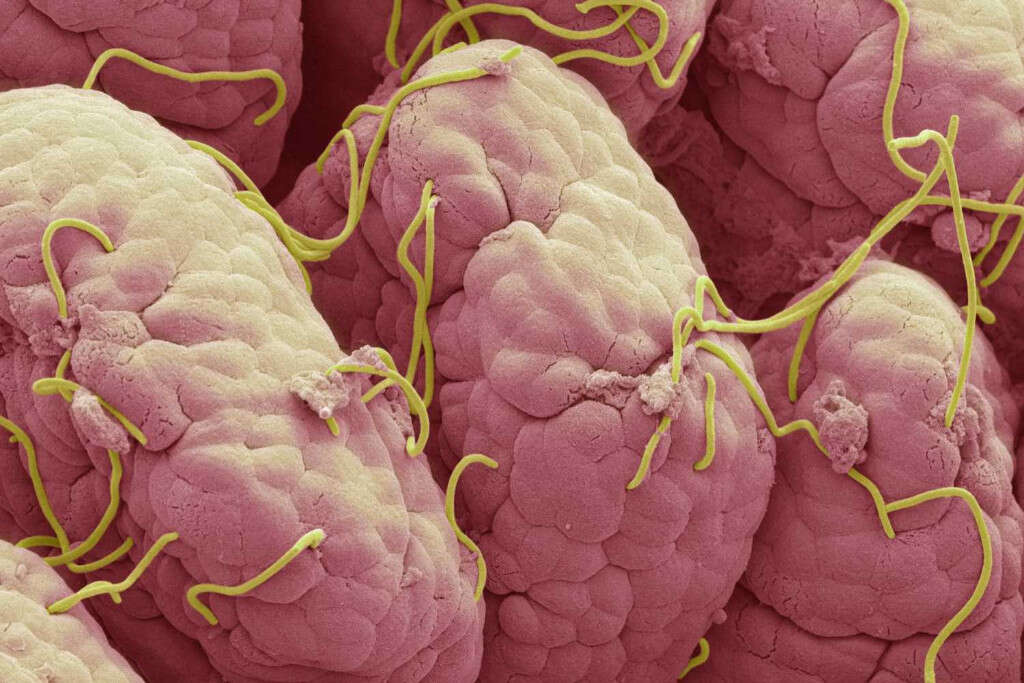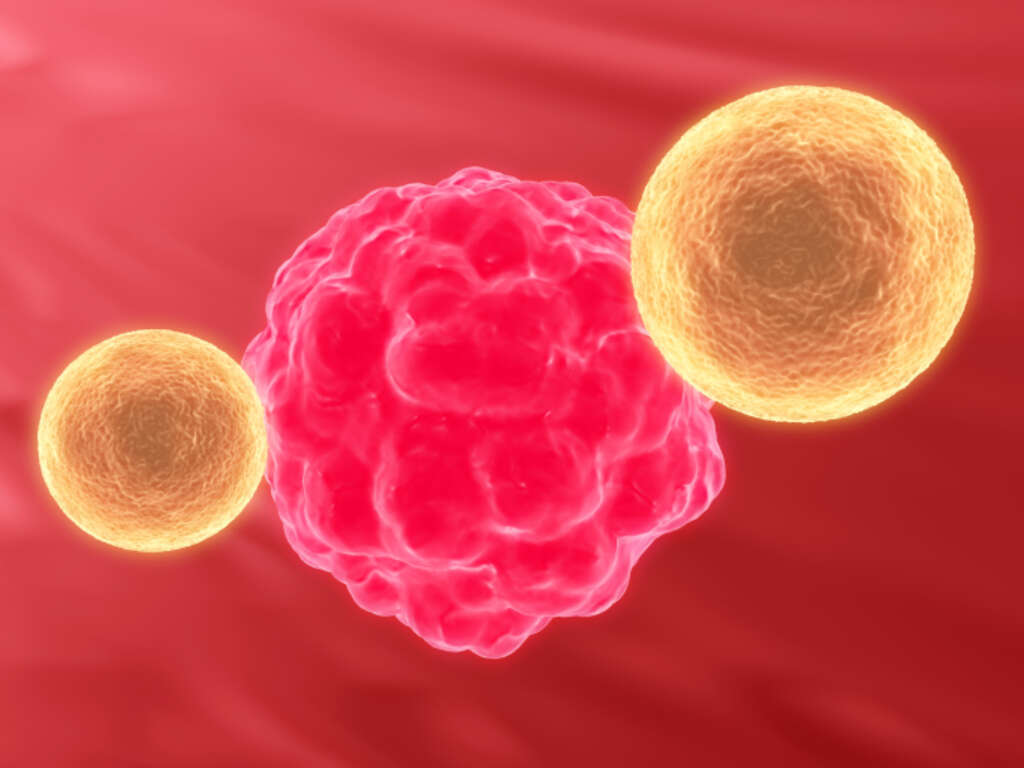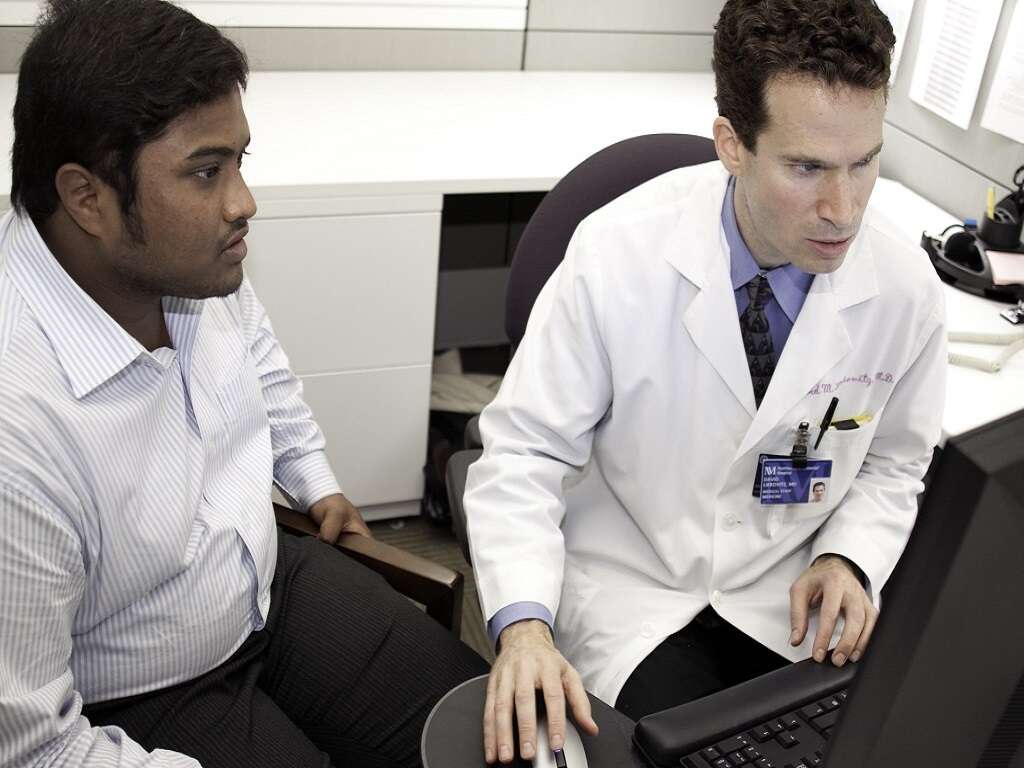10 Urinary Tract Infection Causes
Urinary tract infections (UTI) are infections of the urinary tract that most commonly affect the urethra and bladder. While the cause of UTIs is most commonly due to bacteria, viral and fungal infections can also cause UTIs. Symptoms of a UTI include dysuria, cloudy urine, pinkish urine, bad urine odor, increased urgency and frequency of urination, abdominal discomfort, fever, chills, tiredness, and confusion. Risk factors of UTIs include diabetes, sexual intercourse, and obesity.
UTIs can be treated with a short course of antibiotics, such as trimethoprim or nitrofurantoin. Women should wipe from front to back after going to the bathroom to avoid the urethra being contaminated by bacteria from the anus. An untreated UTI can be dangerous since the infection can travel upward to the bladder and eventually involve the kidneys. Recurrent UTIs in children may indicate that there is a malfunction or malformation of the urinary tract that requires medical attention.
UTIs are a common condition that can occur in any individual regardless of age, gender, or race. However, it most commonly affects females because of their anatomy. (They have a shorter opening from the outside environment to the bladder. Therefore, the pathogen has a shorter path to the bladder.) It most commonly occurs in women between the ages of 16 to 35 years old. About 40 to 60 percent of women have developed a UTI at some point in life, and approximately 150 million individuals suffer from a UTI annually.
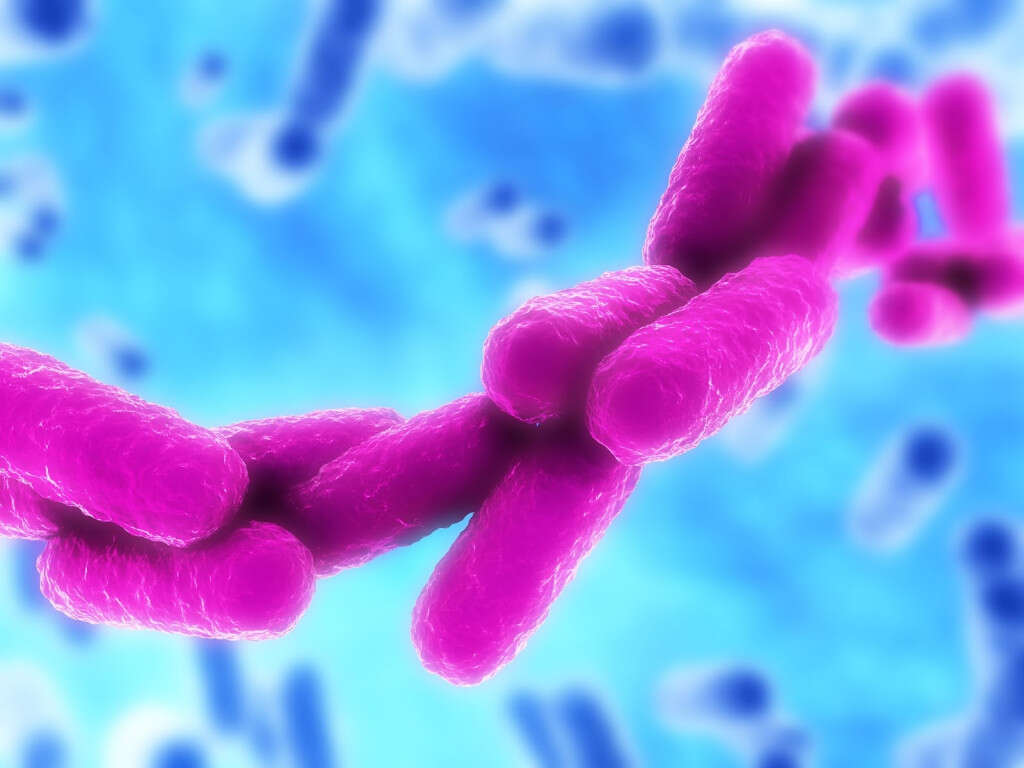
Cause #1: Escherichia Coli
Escherichia coli (E. coli) is a gram-negative bacterium that is most commonly found in the large intestines of warm-blooded animals. While most strains of E. coli are harmless, some strains can cause food poisoning and food contamination.
E. Coli is responsible for almost 90% of all urinary tract infections around the world. It is important to avoid self-medication, as it can create resistant pathogens. If you are suffering from a UTI, you should seek medical attention for proper diagnosis and treatment.

Cause #2: Staphylococcus Saprophyticus
Staphylococcus saprophyticus (S. saprophyticus) is a gram-positive bacterium that commonly causes community-acquired UTIs. It was not recognized as a cause of UTIs until the early 1970s, but it is now estimated that S. saprophyticus causes 5 to 10 percent of UTIs.
Patients with UTIs caused by S. Saprophyticus usually present with a burning sensation when urinating, increased urgency, dripping after urination, and pain during intercourse. It is usually seen in young and sexually active women.
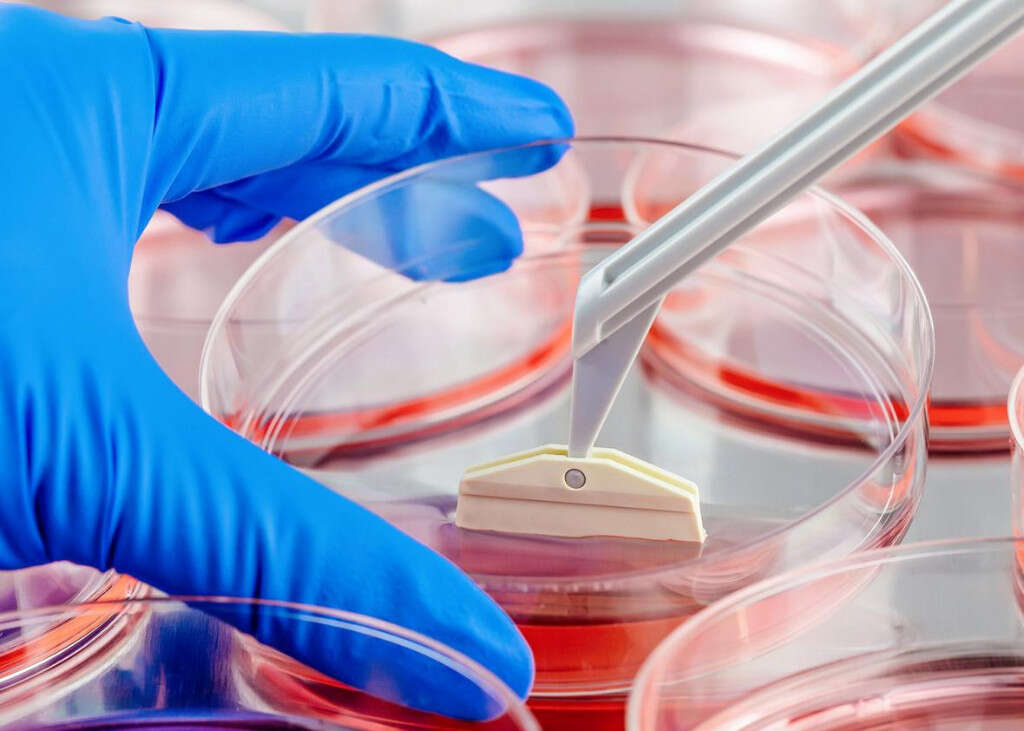
Cause #3: Klebsiella
Klebsiella is a gram-negative, rod-shaped bacterium that can be found almost anywhere in nature, such as water, plants, soils, insects, and other animals. It can also be found in human stool and the intestines.
When it gets into other parts of the body, Klebsiella can cause many diseases, such as sepsis, wound infections, meningitis, pneumonia, and UTIs. It is a significant cause of healthcare-associated infection and is increasingly becoming resistant to antibiotics.

Cause #4: Pseudomonas
Pseudomonas is a genus of gram-negative bacteria that comprises 191 different strains. The genus has a wide metabolic diversity, allowing it to colonize a variety of niches. The pathogen is commonly found in patients who have been admitted in the hospital for longer than one week.
It frequently causes infections such as pneumonia, bacteremia, and UTIs. Pseudomonas infections are complicated and can be life-threatening. Pseudomonas infections are often seen (but not exclusively) in calculi-related UTIs.
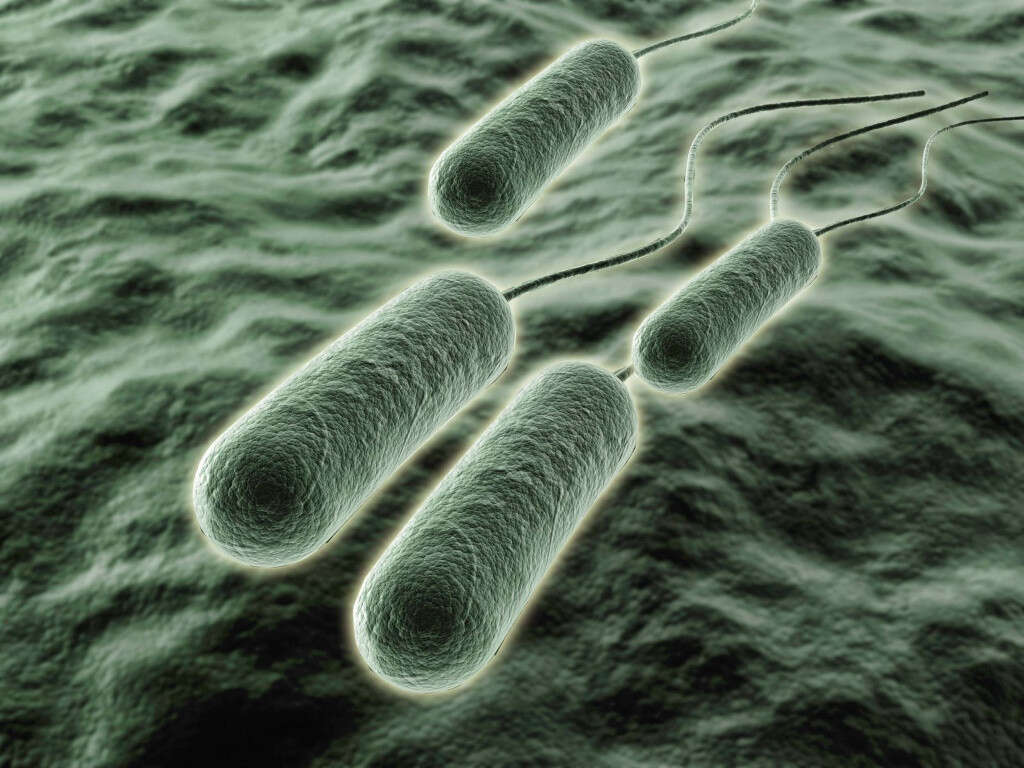
Cause #5: Candida Albicans
Candida albicans (C. albicans) is an opportunistic, pathogenic type of yeast that can be found in the human gut flora. It does not proliferate outside the human body and can be found in the gastrointestinal tract of 40 to 60 percent of healthy adults.
Candiduria (Candida Albicans in the urine) is a very rare condition and it is usually associated with patients suffering from Diabetes Mellitus.
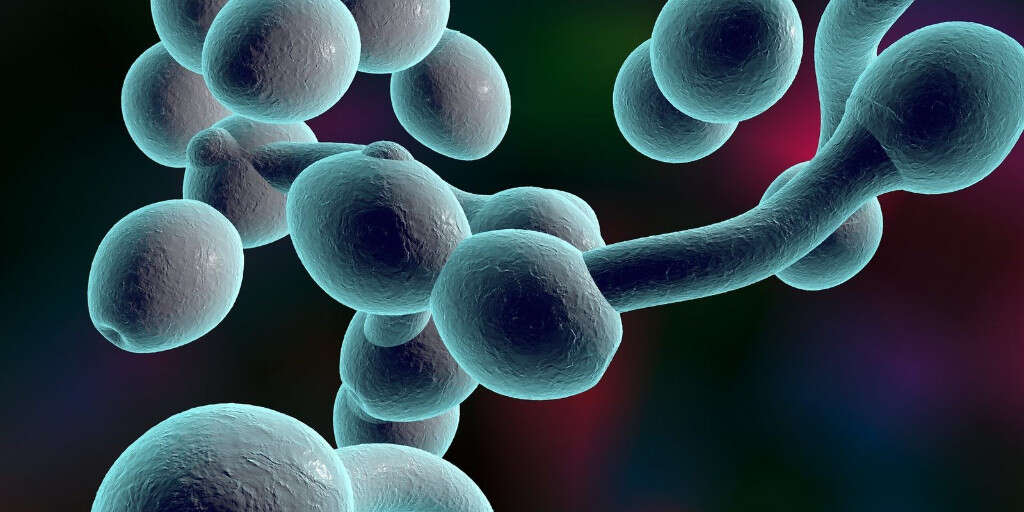
Cause #6: Enterococcus
Enterococcus is a large genus of gram-positive bacteria that are often seen in pairs or short chains. The two commonest commensal enterococcus organisms found in the intestines of humans are Enterococcus faecalis and Enterococcus faecium.
Other strains include Enterococcus casseliflavus, Enterococcus gallinarum, and Enterococcus raffinosus.

Cause #7: Staphylococcus Aureus
Staphylococcus aureus (S. aureus) is a bacterium that is normally found on the body, nose, respiratory tract, and skin. Although it can be commensal and is not always pathogenic, it can cause many conditions, such as skin abscesses, respiratory infections, food poisoning, and sinusitis. UTIs caused by S. aureus usually occur secondary to blood-borne infections.
The preferred treatment is penicillin unless the strain has antibiotic resistance.

Cause #8: Group B Streptococcus
Group B Streptococcus (GBS) is a pathogen usually associated with neonatal sepsis and meningitis but it can also cause UTIs. It is very rare and usually seen in complicated urinary tract infections.
Less than 1% of all UTIs are caused by this pathogen.

Cause #9: Proteus Mirabilis
Proteus Mirabilis is a Gram-negative bacteria that is associated with the formation of kidney stones. It can cause cystitis and pyelonephritis as well and if left untreated it can cause life-threatening conditions.
Less than 3% of UTIs are caused by this pathogen.

Symptom #10: BK Virus
BK Virus is a double-stranded DNA virus that can cause hemorrhagic cystitis in immunocompromised patients. It is usually associated with UTIs in transplant patients especially in kidney transplants.
It can also cause asymptomatic infections. It is a very rare cause of UTIs with less than 1% of all reported UTIs being attributed to this pathogen.
